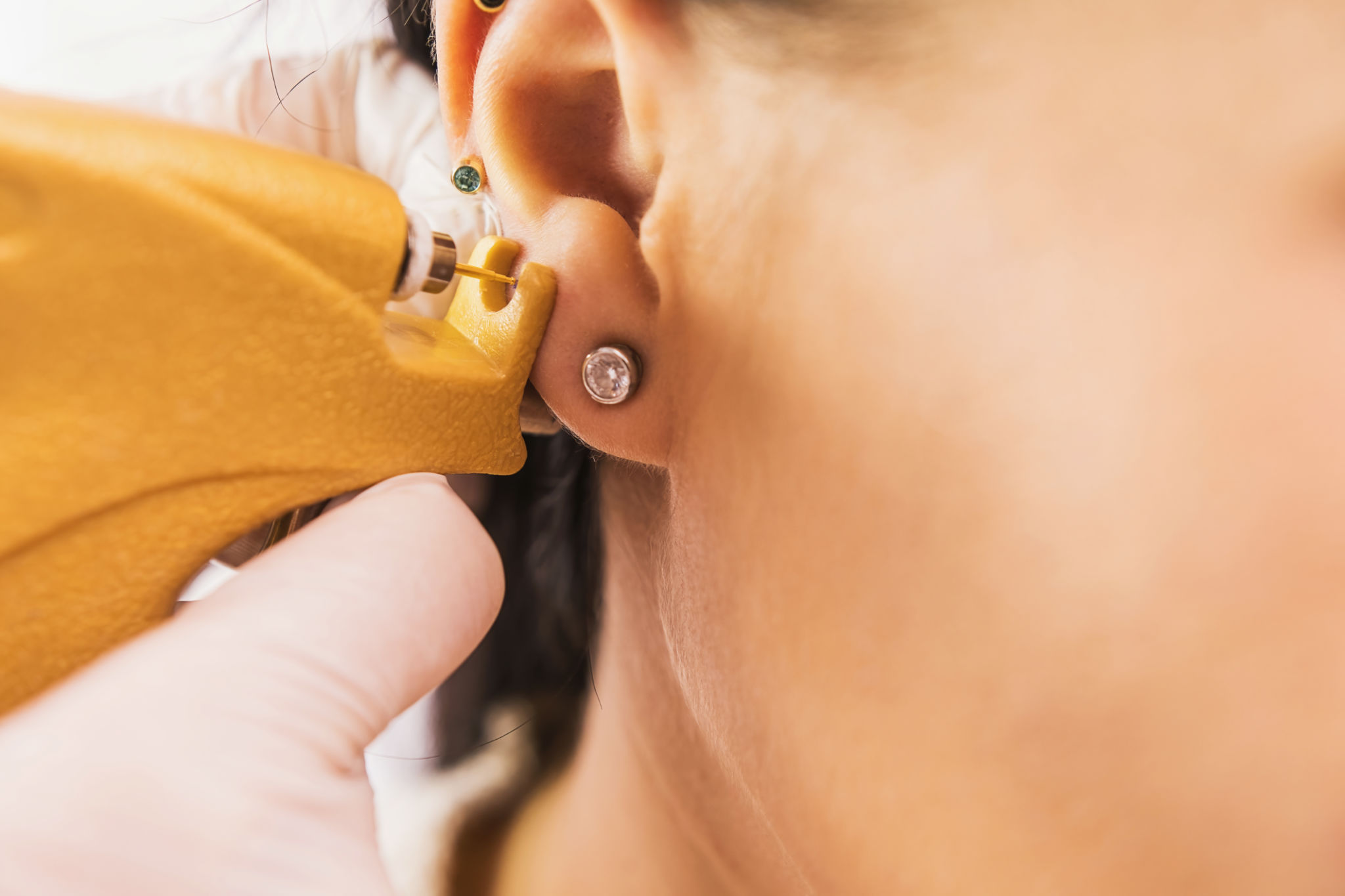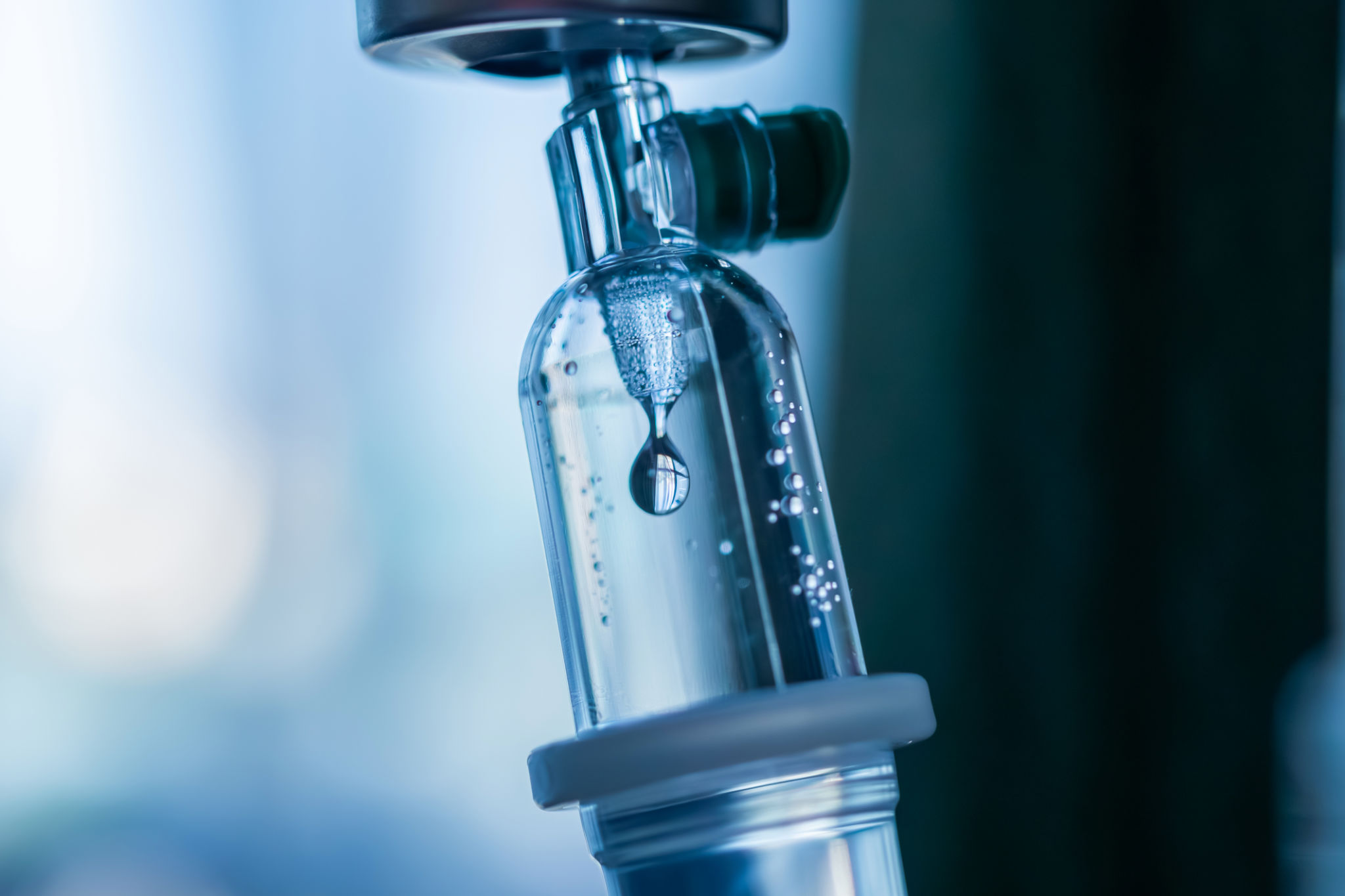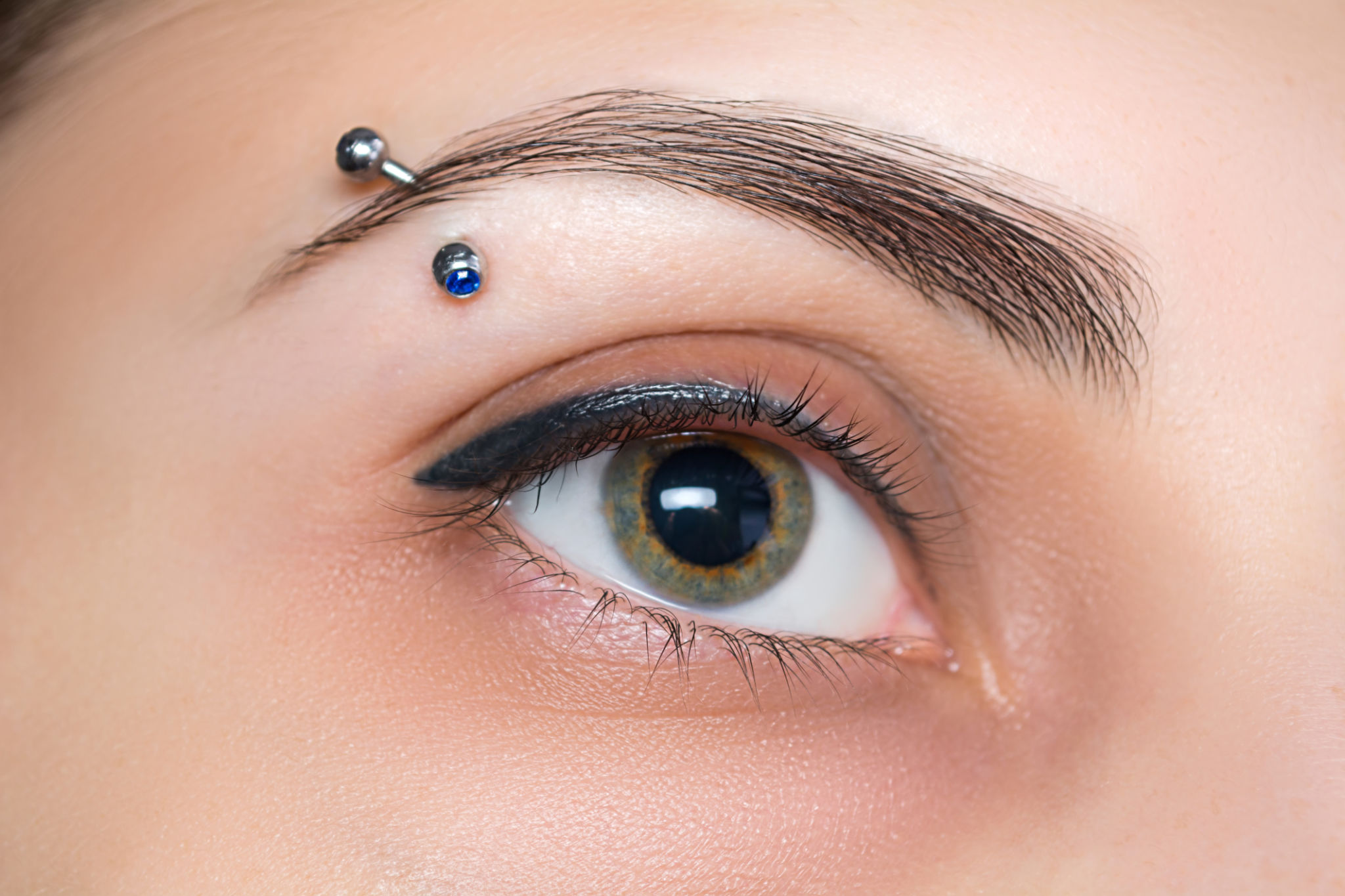5 Common Myths About Piercing Aftercare Debunked
Myth 1: Turning Your Jewelry Prevents Sticking
One of the most common misconceptions about piercing aftercare is that regularly turning or twisting your jewelry will prevent it from sticking to the skin. This is a myth that can actually cause more harm than good. When you rotate your jewelry, you may inadvertently introduce bacteria into the fresh wound, increasing the risk of infection. Instead, allow your piercing to heal naturally without unnecessary movement.

Myth 2: Alcohol and Peroxide are Ideal Cleaning Agents
Many people believe that using alcohol or hydrogen peroxide is the best way to clean a new piercing. However, these substances can be too harsh and may irritate the sensitive skin around the piercing. This irritation can delay the healing process. Opt for a saline solution or a gentle, fragrance-free soap to clean your piercing, as these options are much safer and more effective.
Understanding Saline Solution
A saline solution is typically recommended because it mimics the body's natural fluids, promoting healing without causing irritation. You can purchase pre-made saline solutions or make your own by dissolving non-iodized sea salt in warm distilled water.

Myth 3: Healing is Quick and Uniform
Another prevalent myth is that all piercings heal quickly and at the same rate. In reality, healing times vary significantly depending on the location of the piercing and individual body characteristics. For example, earlobe piercings typically heal faster than cartilage piercings. It's crucial to be patient and follow specific aftercare instructions for your type of piercing.
Factors Influencing Healing
Several factors can affect how quickly a piercing heals, including your overall health, lifestyle, and adherence to aftercare guidelines. Ensuring a healthy diet, staying hydrated, and not smoking can all contribute to a smoother healing process.

Myth 4: You Can Change Jewelry as Soon as It Looks Healed
It's a common belief that once a piercing looks healed on the outside, it's safe to change the jewelry. However, this can be misleading as the inner layers of tissue may not have fully healed. Prematurely changing jewelry can lead to irritation or complications. Always follow your piercer's advice on when it's safe to switch out your jewelry.
Signs of Complete Healing
Before changing your jewelry, look for signs of complete healing such as absent redness, swelling, and discharge. If in doubt, consult your piercer for professional guidance.
Myth 5: Piercing Aftercare is One-Size-Fits-All
The final myth is that all piercings require the same aftercare routine. In reality, aftercare varies depending on the type and location of the piercing. For example, an oral piercing may require special mouthwashes, while a dermal piercing could need different cleaning techniques. Customizing your aftercare ensures better healing outcomes.

In conclusion, understanding these common myths about piercing aftercare can help you make informed decisions and promote optimal healing. Always consult with a professional piercer for personalized advice and adhere to their recommended aftercare practices for the best results.
